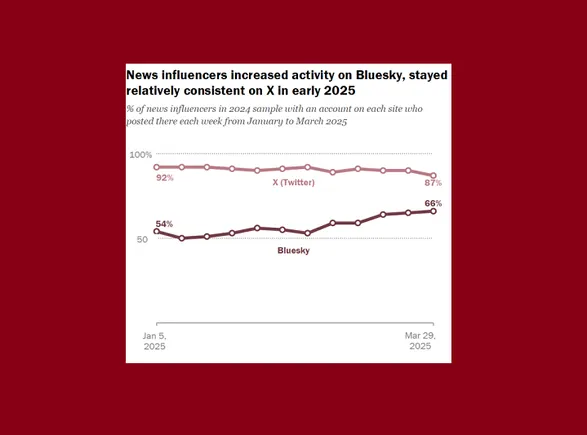5 Key Construction Market Trends to Watch in 2023 and 2024
The construction industry is undergoing a remarkable transformation fueled by technological advancements and a growing emphasis on sustainability. In this article, we delve into the latest findings from recent construction market research reports to spotlight a few of the...

In this article, we delve into the latest findings from recent construction market research reports to spotlight a few of the most significant construction market trends that are expected to drive growth and innovation in 2023 and 2024.
The construction industry has embraced technological advancements at a rapid pace and will continue to do so over the coming years. A variety of innovative technologies are revolutionizing the construction process and creating significant market opportunities for the future. Here are just a few examples: Sustainability has become a core focus in the construction industry, driven by tax subsidies and tightening building regulations. “Over the five years to 2022, the United States has experienced a green revolution due to a heightened emphasis on environmental efforts and growing concerns regarding carbon dioxide emissions and climate change,” IBISWorld explains in the report Sustainable Building Material Manufacturing in the US. “In addition, consumers and businesses have become more energy-conscious in light of rising energy costs.” A wide variety of sustainable materials can be used to reduce carbon emissions and natural resource consumption—from energy-efficient windows and doors, to plumbing components and fixtures made of recycled materials. “Buildings account for around 30-40% of the world’s total primary energy, and the benefits of energy efficient buildings are numerous, from better thermal comfort to longer buildings lifecycle,” according to Future Market Insights in the report The Global Market for Smart and Sustainable Buildings 2023-2033. In the pursuit of sustainable and eco-friendly solutions, the construction industry is witnessing a shift towards alternative construction materials. For example, cross-laminated timber (CLT) is gaining popularity as a sustainable and lightweight substitute for traditional building materials to form roofs, floors, walls, and ceilings. CLT is less energy intensive to manufacture than conventional construction materials such as steel or concrete. CLT possesses a strength-to-weight ratio comparable to concrete, even though it’s five times lighter, and it provides significant fire resistance and durability during earthquakes. In addition, CLT panels can be prefabricated and installed in a shorter time frame. The global market for cross laminated timber is projected to obtain a value of $3.7 billion by 2030, from an estimated $1.2 billion in 2022, rising at a 14.6% CAGR over the forecast period, according to a recent report by Global Industry Analysts. Prefabrication and modular construction techniques are gaining traction due to their numerous advantages. By shifting construction tasks from the job site to controlled factory environments, companies can achieve greater precision, reduced waste, and faster project delivery. As an example, Marriott International has committed to increasing the number of properties it builds using modular construction methods to reduce its carbon footprint and waste. A steel-framed modular prototype has been created for use in European cities under the "Fairfield by Marriott" hotel brand. Marriott predicts that using offsite construction will reduce the average construction time of a hotel by eight months, enabling developers to start operations earlier. The global modular construction market is forecast to rise at a CAGR of 5.5% between 2022 and 2028, according to a report by Frost & Sullivan. “Awareness and adoption of modular construction are higher in North America and Europe; nonetheless, APAC and RoW are important growth regions,” the report notes. The global flooring market is also experiencing strong growth due to population growth, a rising middle class, industrialization, and infrastructure development. The flooring market is expected to rise from $331.9 billion in 2023 to $510.7 billion by 2028 at a 9.0% CAGR during this period, according to a recent report by MarketsandMarkets. From a regional perspective, Asia Pacific is projected to have the largest share (45%) and the highest growth rate (9.7%) in the forecasted period. In terms of flooring material types, resilient flooring, particularly vinyl flooring, is the fastest growing segment due to its versatility, low cost, and ease of maintenance. Although the flooring market is poised for robust growth, volatile raw material prices and a highly competitive market will present ongoing challenges. To get more detailed data and analysis, explore our collection of construction industry reports from market research firms like The Freedonia Group, Freedonia Focus Reports, Frost & Sullivan, IBISWorld, MarketsandMarkets, Global Industry Analysts, The Business Research Company, and many others. These reports provide construction market data and forecasts, competitive intelligence, and strategic analysis to help companies identifying promising business opportunities and build successful strategic plans. About the Author: Sarah Schmidt is a Managing Editor at MarketResearch.com, a leading provider of global market intelligence products and services. The construction industry is undergoing a remarkable transformation fueled by technological advancements and a growing emphasis on sustainability.
The construction industry is undergoing a remarkable transformation fueled by technological advancements and a growing emphasis on sustainability.1. Advanced Technologies
2. Sustainability in the Construction Industry
3. Evolution of Building Materials
4. Growth of Prefabrication and Modular Construction
5. Rising Demand for Flooring, Particularly Vinyl
Access More Construction Industry Research

 Konoly
Konoly 











![Do Consumers Actually Shop Directly on Social Media Platforms [New Data]](https://blog.hubspot.com/hubfs/do-consumers-shop-directly-on-social-media.jpg#keepProtocol)




















